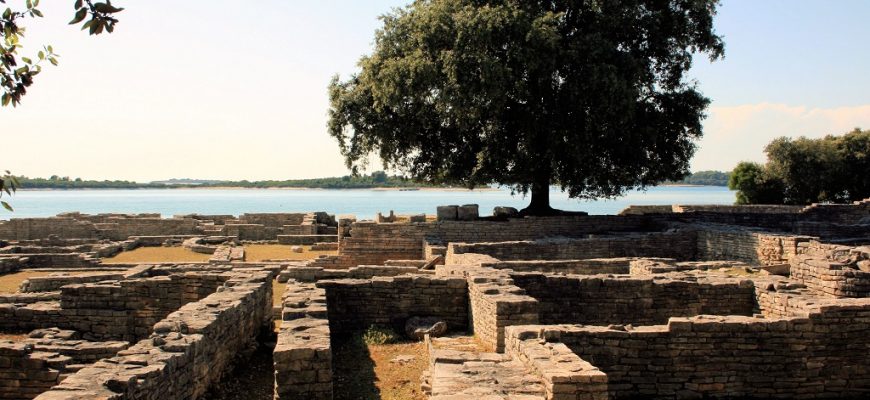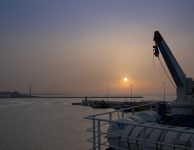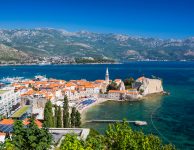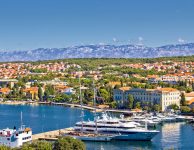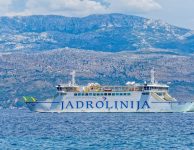Croatian national parks fighting climate change
The Policy of Protection and Preservation of Nature Park Telascica is in force
Last week the Policy of protection and Preservation of NP Telascica came into effect. This has finally established a legal framework for the protection of “no-take” areas in the park.
The Policy of Protection and Preservation of Nature Park Telascica is regulating policies of protection, perseverance, updating and using constituted governance zones of the Park. To protect the park area and needed levels of governing, the park is subdivided into governance zones and subzones.
The zone of strict restriction includes two subzones: 1A and 1B. The 1A zone encompasses the whole area of Čuška Dumboka bay which includes the sea surface, the water wall, seafloor and a narrow land area of the coast and the steep slope.
The other part of the zone is the Dugootočki strmac which stretches from the northwest border of the park, through the northwest-southeast direction up to Muravjak. This part also includes Mala Prsika and the 50-meter area around the steep slopes of the park (the skyline, sea, water wall and the seafloor).
In this area, human interference is forbidden. The ban doesn’t include scientific research and tracking of biological diversity.
The 1B subzone consists of the coast area of Garmenjak Veli islet, 50 meters of coastline including the sea surface, wall and seafloor. Like 1A, this subzone is also a noncommercial zone, that is, it’s forbidden to exploit sea life. The only allowed activities are scientific research, biological diversity tracking, transit of specific vessels and diving trips regulated by the Policy.
Source: morski.hr
National park Brijuni fighting climate change
In order to find more sustainable solutions for remedying climate change in the protected areas of the Mediterranean sea, NP Brijuni is, along with seven Mediterranean countries, part of the MPA-ENGAGE project, fully titled Involvement of key actors in the Mediterranean in the ecosystem approach to the management of marine protected areas in order to cope with climate change. The park is on the frontline when it comes to recognizing, remedying and adapting to climate change.
The climate is riding on a rollercoaster of change, and the situation is getting worse. Research shows that the average temperature on earth is 1,1°C higher than it was 100 years ago. During the COVID-19 pandemic, when the world seemed at a standstill, it seemed that greenhouse gas emissions also stood still. Nature started to recuperate but not for long. As soon as life went back to the new normal, temperatures continue to rise.
In order to mitigate the repercussions of climate change, NP Brijuni is conducting an analysis of the area’s vulnerability, that is, how will climate change influence sea species, their habitats and the socioeconomic consequences on the Park’s users (fishermen, divers, sailors and visitors of the national park).
The results of the analysis, as well as predictions about what will happen in the next 30 and 70 years, are very concerning. In less than 30 years the National park Brijuni is showing a very high to extreme socio-ecological vulnerability.
In order to strengthen the resilience and the possibility of regeneration of the ecosystem, the National park has recognized the importance of creating policies and activities for the mitigation of climate changes. These activities will be built in the Plan of governing the National Park.
One of the project activities is a range of workshops that started in December 2021. Representatives of local fishermen, divers, and the tourist sector, local government for the sustainable development of the Istrian County, the army of the Republic of Croatia as well as representatives of national institutions in charge of the state-owned estate.
The participants discussed possible solutions for a better future for Brijuni and proposed mitigation and adjustment measures.
The changes are already here. So it’s up to us to recognize them and use approved tools and methods for their mitigation.
Source: morski.hr


